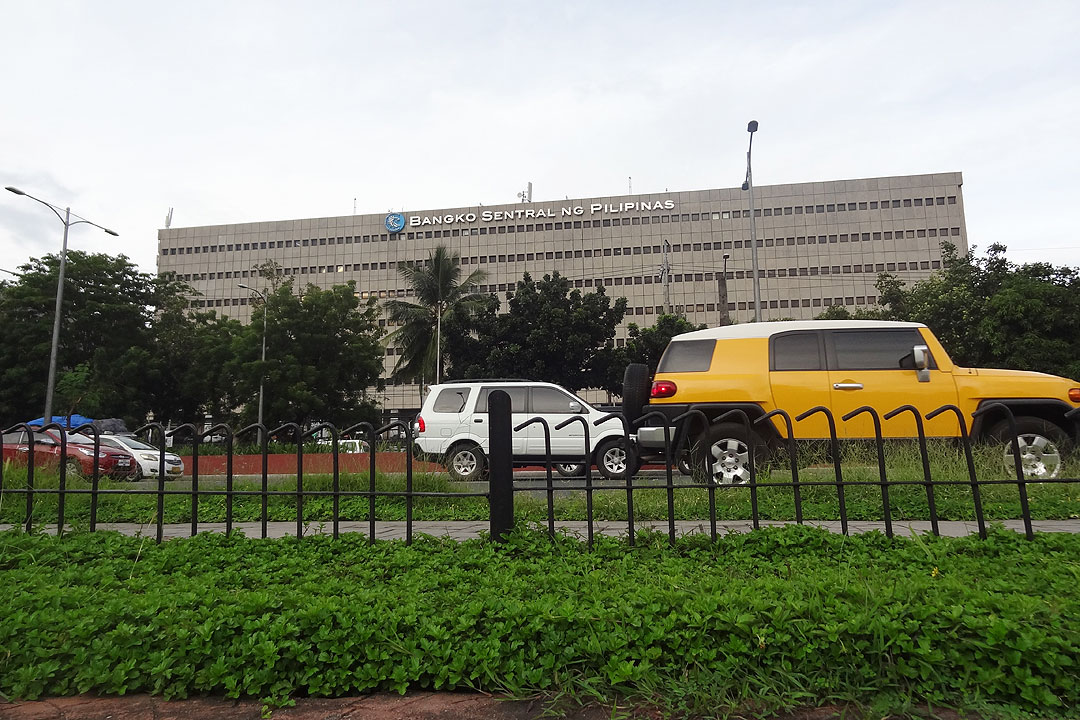BSP to turn GS purchasing window into regular facility

By Keisha B. Ta-asan
THE BANGKO Sentral ng Pilipinas (BSP) on Monday said it will reconfigure its government securities (GS) purchasing window into a regular liquidity facility under the interest rate corridor (IRC) framework.
“Reconfiguring the GS window into a regular liquidity facility that can operate under normal and crisis conditions ensures consistency with overall monetary strategy,” BSP Governor Benjamin E. Diokno said at his weekly press briefing.
“This is consistent with the BSP’s thrust to develop a broad range of instruments and new operating procedures to fight future crises.”
The central bank started issuing 28-day BSP bills in September 2020, as an additional tool to manage liquidity in the financial system amid the pandemic.
“The issuance of BSP Securities provides an additional monetary tool for implementing monetary policy. It also promotes greater flexibility in managing liquidity in the financial system under the interest rate corridor or IRC framework,” Mr. Diokno said.
The normalization of the BSP’s GS window involves three stages: transition, reconfiguration, and re-launching.
The transition stage includes scaling down its daily purchases in the GS window as it shifts into a standard facility. Nevertheless, the facility could be reactivated if justified by market conditions.
The second stage involves the conversion of the GS window from being a standing facility into an active operation that is consistent with the overall monetary strategy consistent with the IRC framework.
The BSP introduced the IRC system to guide short-term market interest rates towards the central bank’s policy rate. It consists of a rate at which the BSP lends to banks (typically an overnight lending rate) and a rate at which it takes deposits from them (deposit rate).
When the reconfiguration is finished, the BSP will re-launch the government securities outright transactions. Market-sounding activities and technical assistance from international institutions will be included.
“Basically, BSP is just reversing what it did during the pandemic when it flooded the market with excess liquidity. Now that inflation can no longer be ruled out as transitory, BSP’s reconfiguration of its open market operation using GS will have to do the heavier lifting. BSP has to normalize its balance sheet too,” former BSP Deputy Governor Diwa C. Guinigundo said in a Viber message.
The share of outstanding placements in BSP Securities accounted for 35% of the total amount of system liquidity absorbed by the BSP through its liquidity management facilities as of end-May 2022.
“With the economy in much better shape and at hopefully what is the tail end of the pandemic, BSP opted to close this emergency window as there was less need for such a facility,” ING Bank N.V. Manila Senior Economist Nicholas Antonio T. Mapa said in an e-mail.
“Any increases in yield are likely tied to other developments such as accelerating inflation or increase government borrowing and normal market trading activity is now taking place.”
Inflation jumped to 5.4% in May, the fastest in three and a half years, as food and fuel prices continued to climb amid the prolonged Russia-Ukraine war.
The BSP last month raised its average inflation forecast for 2022 to 4.6% from 4.3%, exceeding the 2%-4% target.
Rizal Commercial Banking Corp. Chief Economist Michael L. Ricafort said in a Viber message these liquidity management tools “provide greater options, leeway, and flexibility to monetary authorities to effectively respond to evolving economic and business conditions and challenges, such as the COVID-19 (coronavirus disease 2019) pandemic/lockdowns.”



